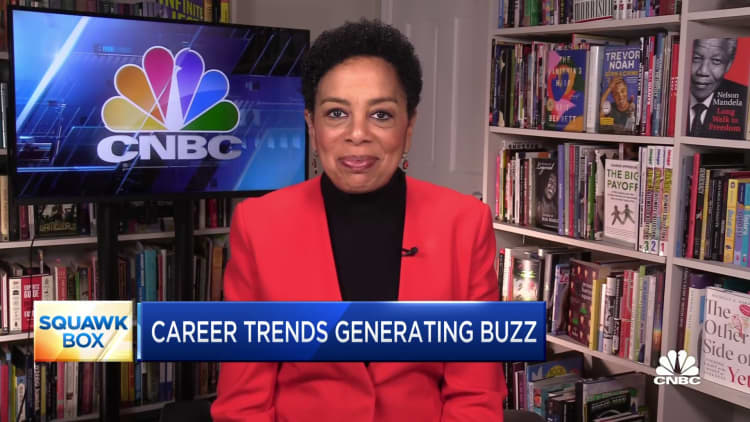
1. Bigger contribution limits on retirement accounts
If you’re eager to boost your retirement savings, there’s good news for 2023: higher contribution limits for your 401(k) and individual retirement account.
In 2023, the employee deferral limit is $22,500, up from $20,500, and catch-up deposits for savers age 50 and older jump to $7,500, up from $6,500. These increases also apply to 403(b) plans, most 457 plans and Thrift Savings Plans.
“That’s a big change for a lot of people,” said certified financial planner Brandon Opre, founder of TrustTree Financial in Huntersville, North Carolina.
But without a reminder from an advisor or your 401(k) plan provider, these increases “might go undetected,” he said.
The contribution limits have also increased for IRAs, allowing you to save up to $6,500 for 2023, up from $6,000 in 2022. While the catch-up deposit remains at $1,000 for 2023, it will index to inflation starting in 2024.
2. Tax savings with inflation-adjusted brackets
Scott Bishop, a CFP and executive director of wealth solutions at Houston-based Avidian Wealth Solutions, said some of the biggest personal finance changes for 2023 are tied to inflation.
For example, the IRS in October announced “some relief” with higher federal income tax brackets for 2023, he said, which means you can earn more before hitting the next tier.
Each bracket shows how much you’ll owe for federal income taxes for each portion of your “taxable income,” calculated by subtracting the greater of the standard or itemized deductions from your adjusted gross income.
The standard deduction also increases in 2023, rising to $27,700 for married couples filing jointly, up from $25,900 in 2022. Single filers may claim $13,850 in 2023, a jump from $12,950.
3. Higher threshold for 0% long-term capital gains
If you’re planning to sell investments from a taxable portfolio in 2023, you’re less likely to trigger a bill for long-term capital gains taxes, experts say.
Based on inflation, the IRS also bumped up the income thresholds for 0%, 15% and 20% long-term capital gains brackets for 2023, applying to profitable assets owned for more than one year.
“It’s going to be pretty significant,” Tommy Lucas, a CFP and enrolled agent at Moisand Fitzgerald Tamayo in Orlando, Florida, recently told CNBC.
With higher standard deductions and income thresholds for long-term capital gains in 2023, you’re more likely to fall into the 0% bracket, Lucas said.
For 2023, you may qualify for the 0% rate with taxable income of $44,625 or less for single filers and $89,250 or less for married couples filing together.
4. Higher income limit for Roth IRA contributions
The 2023 inflation adjustments also mean more investors may qualify for Roth IRA contributions, experts say.
“We talk a lot about Roth conversions,” said Lawrence Pon, a CFP and CPA at Pon & Associates in Redwood City, California, referring to a strategy that converts pretax IRA funds to a Roth IRA for future tax-free growth.
“But how about Roth [IRA] contributions?” he said, speaking at the Financial Planning Association’s annual conference in December, pointing to higher income limits for 2023.

More Americans may be eligible in 2023 because the adjusted gross income phaseout range rises to between $138,000 and $153,000 for single filers and $218,000 and $228,000 for married couples filing jointly.
While some investors may seek “complicated” moves, like so-called backdoor Roth conversions, which transfer after-tax 401(k) contributions to a Roth IRA, Pon urges investors to double-check Roth IRA contribution eligibility first.
5. More time for required minimum distributions
On Dec. 23, Congress passed a $1.7 trillion omnibus appropriations bill, including dozens of retirement provisions known as “Secure 2.0.”
One of the provisions for 2023 is a change to required minimum distributions, or RMDs, which must be taken annually from certain retirement accounts.
Currently, RMDs start when you turn 72, with a deadline of April 1 of the following year for your first withdrawal, and a Dec. 31 due date for future years. However, Secure 2.0 shifts the starting age to 73 in 2023 and age 75 in 2033.
“Those already taking RMDs will not be affected, even if you’re 72 right now,” said Nicholas Bunio, a CFP with Retirement Wealth Advisors in Berwyn, Pennsylvania.
But the change may provide some “great planning opportunities” if you’re younger and don’t need the RMDs, such as possible Roth conversions, he said.







